In pictures: Beijing's Tiananmen Square protests
- Published
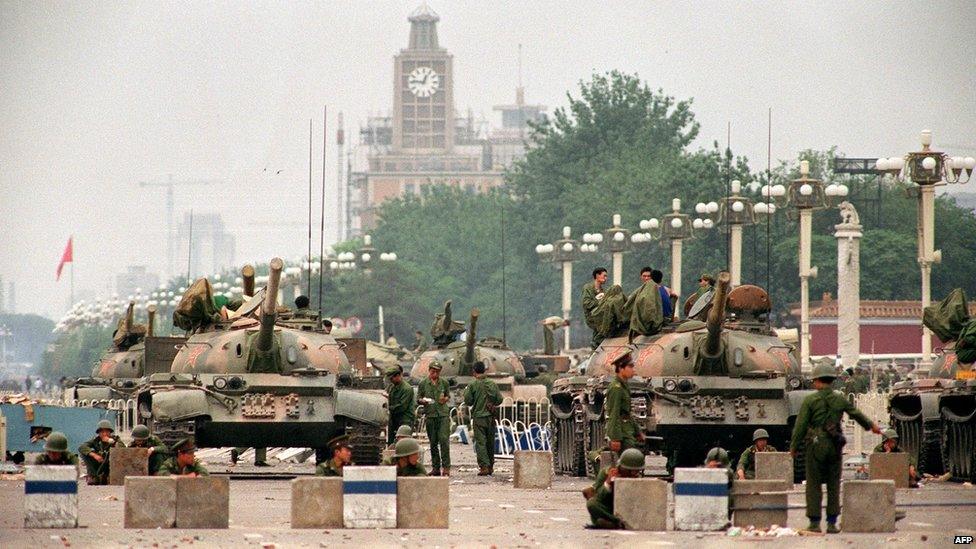
In 1989 more than a million students and workers occupied Beijing's Tiananmen Square and began the largest political protest in the history of communist China. Six weeks of demonstrations ended with a night of bloodshed on 3 June.
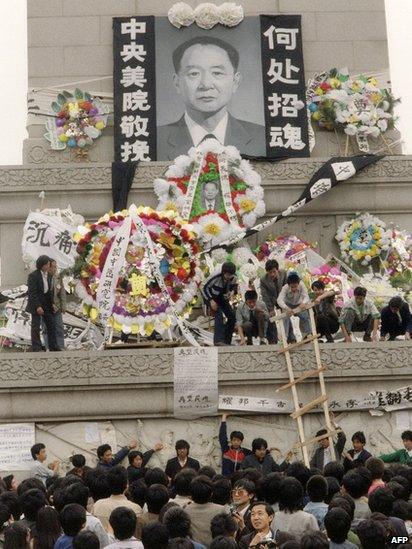
On 15 April the former Communist Party chief Hu Yaobang, a leading reformist, died of a heart attack aged 73. Mourners began to gather in Tiananmen Square expressing their sadness, but also their dissatisfaction with the pace of reform in China.
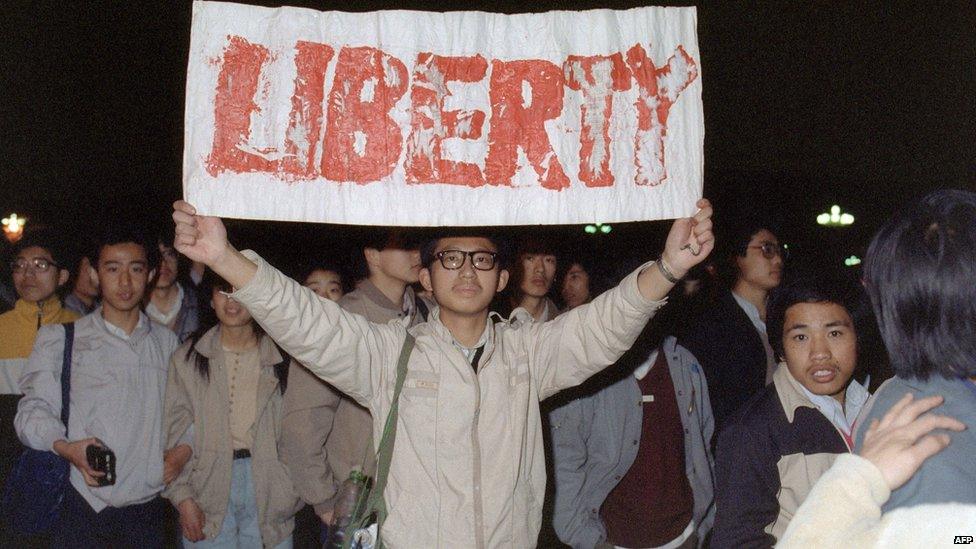
Numbers in Beijing swelled over the following days, and demonstrations spread to cities and universities nationwide.
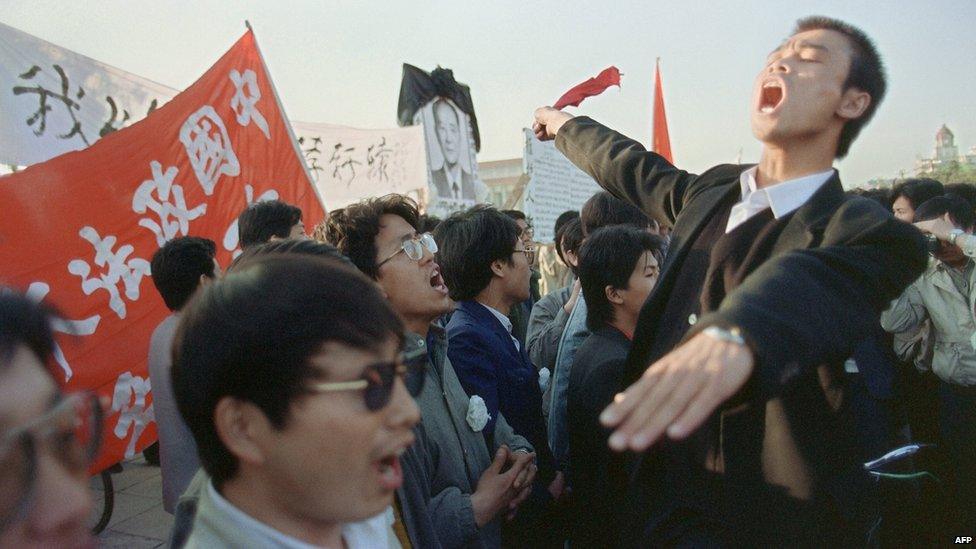
Students, workers and officials shouted slogans demanding greater freedom and democracy and an end to what they called dictatorship; others complained about inflation, salaries and housing.
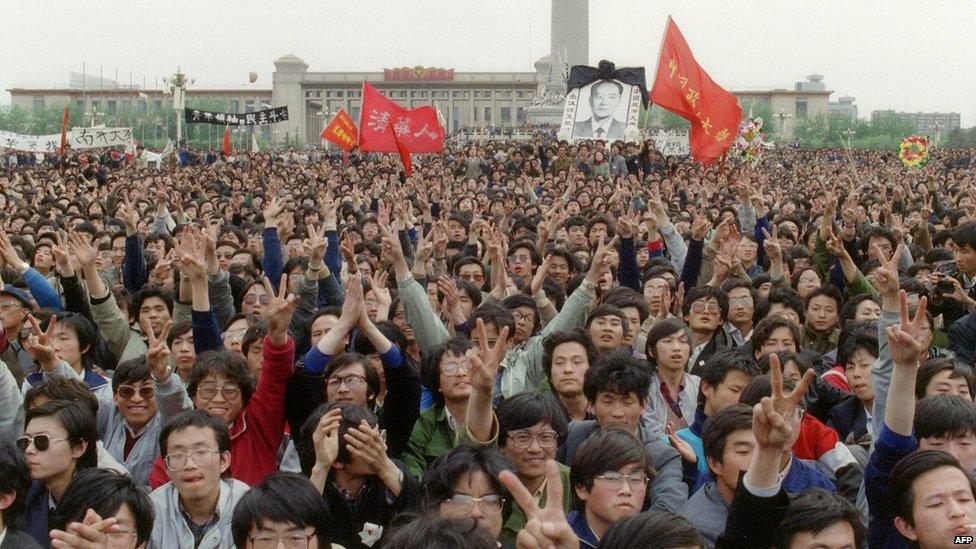
Tens of thousands of students gathered outside the Great Hall of the People in Tiananmen Square as Mr Hu's memorial service was held. They defied an earlier warning by the city government of severe punishment. They delivered a petition of demands and insisted on a meeting with premier Li Peng - which was rejected.
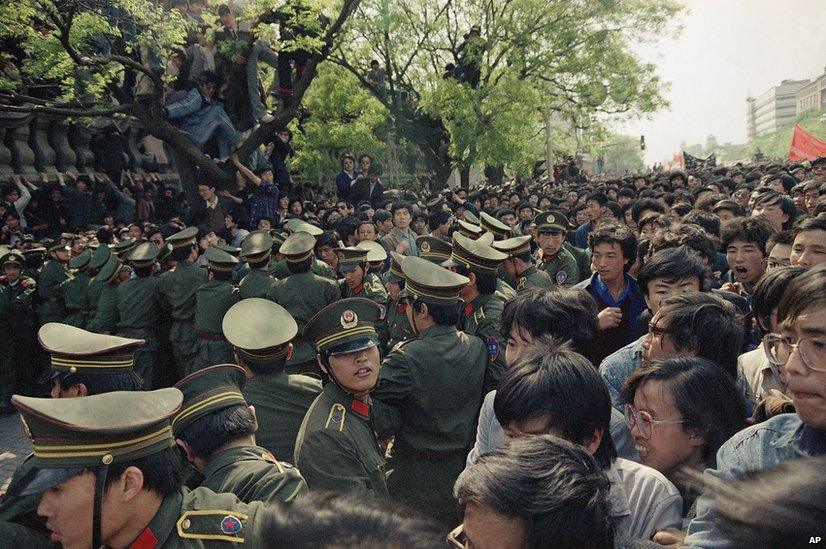
The People's Daily state-run newspaper published an editorial - The Necessity for a Clear Stand Against Turmoil - accusing protesters of rejecting the Communist Party. It closely mirrored views expressed by Deng Xiaoping, China's unofficial leader, but fuelled anger further. Students scuffled with police while trying to reach Tiananmen Square.
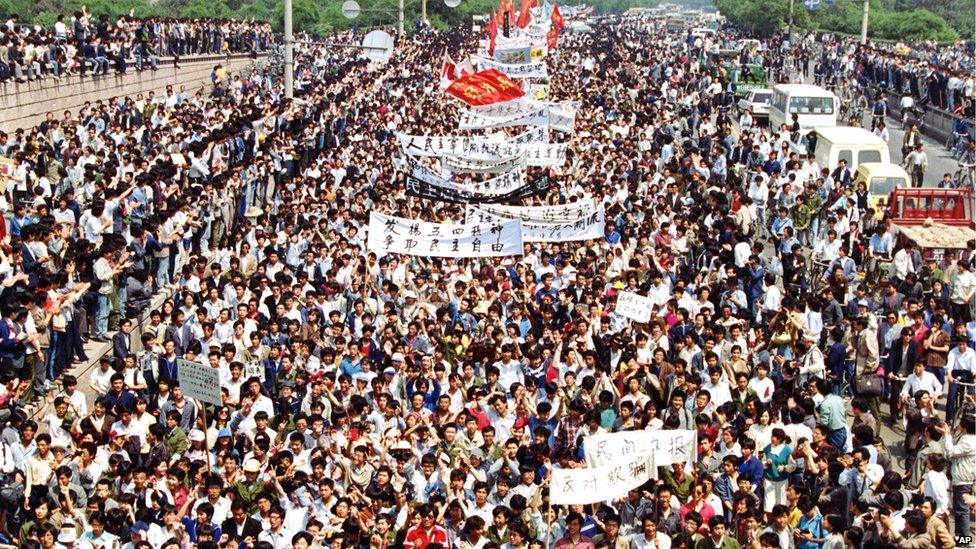
Tens of thousands of students in at least five cities staged the biggest pro-democracy demonstrations of their kind since the Communists came to power. These coincided with the 70th anniversary of the 4 May movement, which wanted a stronger China. Zhao Ziyang, the official head of the Communist Party, insisted the protests would subside.
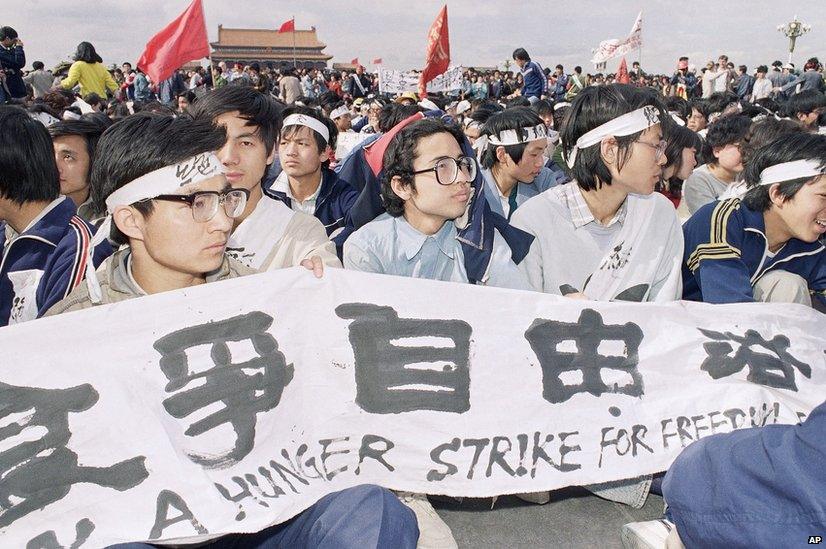
Ahead of a visit by Soviet leader Mikhail Gorbachev, hundreds of students began an indefinite hunger strike in Tiananmen Square, pressing for political reforms. They blamed a government failure to respond to their requests for dialogue. The move drew broad public support.
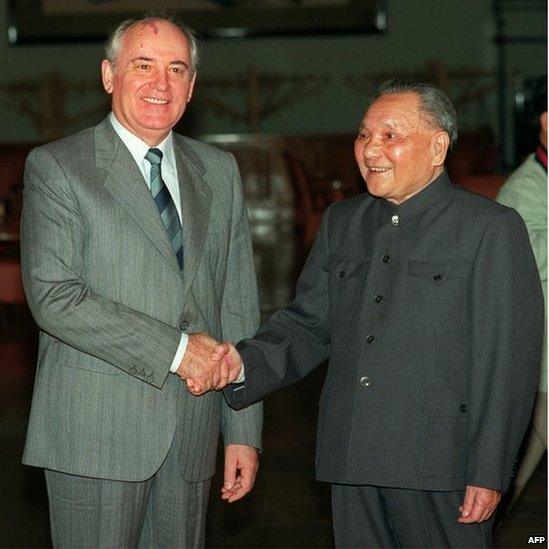
Mikhail Gorbachev arrived in Beijing for the first Sino-Soviet summit in 30 years. His visit was intended to formally end years of hostility between the two communist nations. The large protests forced the cancellation of plans to welcome him in Tiananmen Square, however, proving a huge embarrassment for the government.
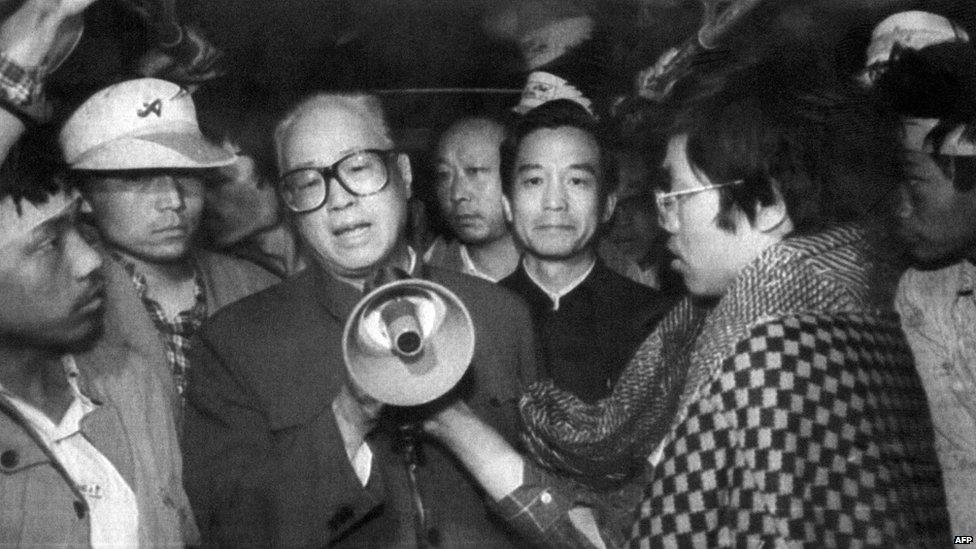
The Communist Party Secretary, General Zhao Ziyang, visited students to make a final, unsuccessful appeal for a compromise. He was accompanied by Li Peng, his hard-line rival, and Wen Jiabao, who would become China's premier in 2002. Mr Zhao reportedly told the crowd: "We have come too late." It was to be one of his last political acts.
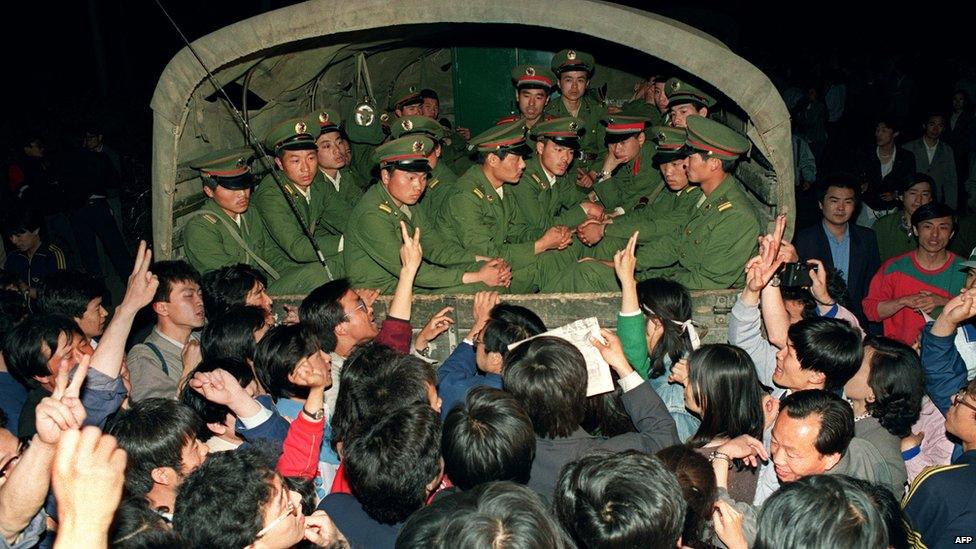
On 20 May martial law was declared in several districts in Beijing. Troops moved towards the city centre.
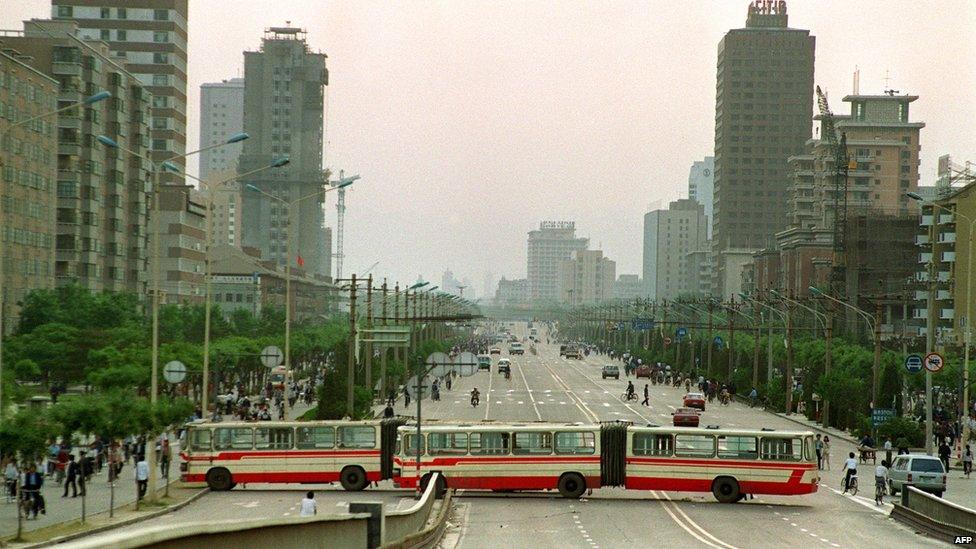
Civilians blocked the military convoys, setting up barricades on streets. Soldiers were ordered not to fire on civilians.
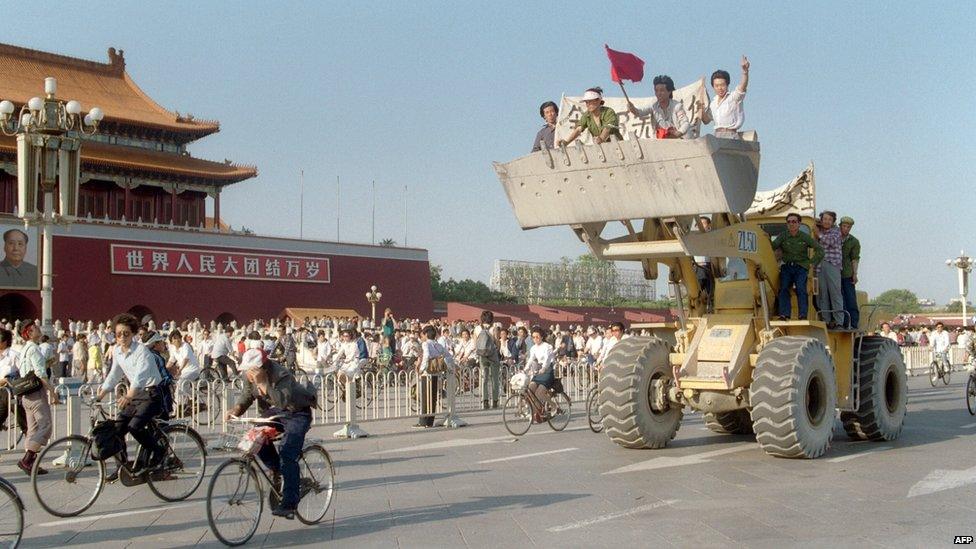
The demonstrations continued over the following week with almost no visible security presence.
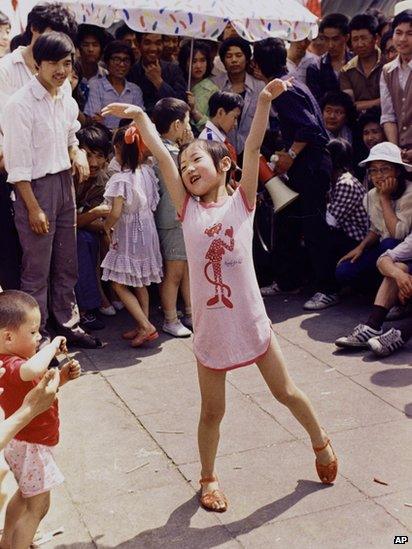
There was a jubilant atmosphere in Tiananmen Square. At government headquarters, however, China's leaders planned a new offensive to end the demonstrations and unrest. Communist Party elders approved the decision to put down the "counter-revolutionary riot" by force.
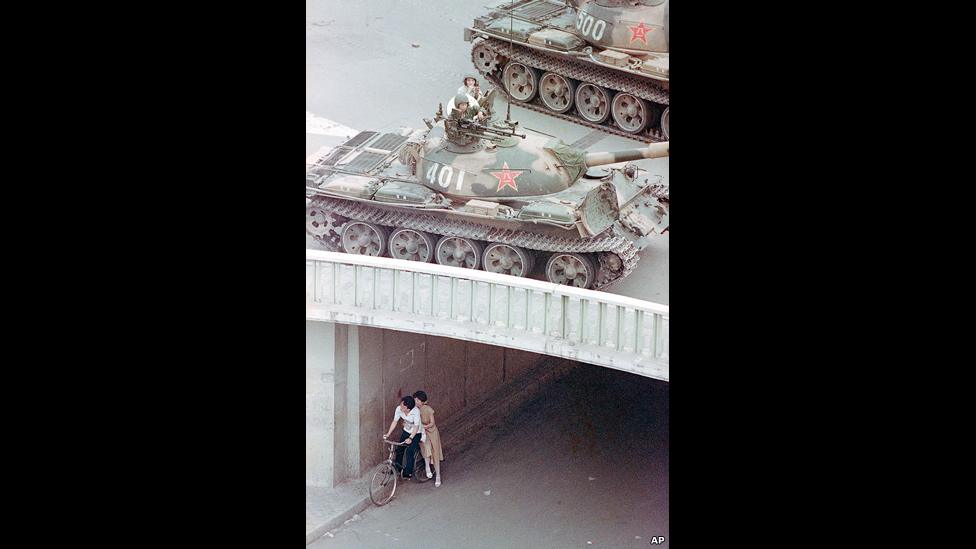
Tanks rumbled through the capital's streets late on 3 June as soldiers moved into Tiananmen Square from several directions.
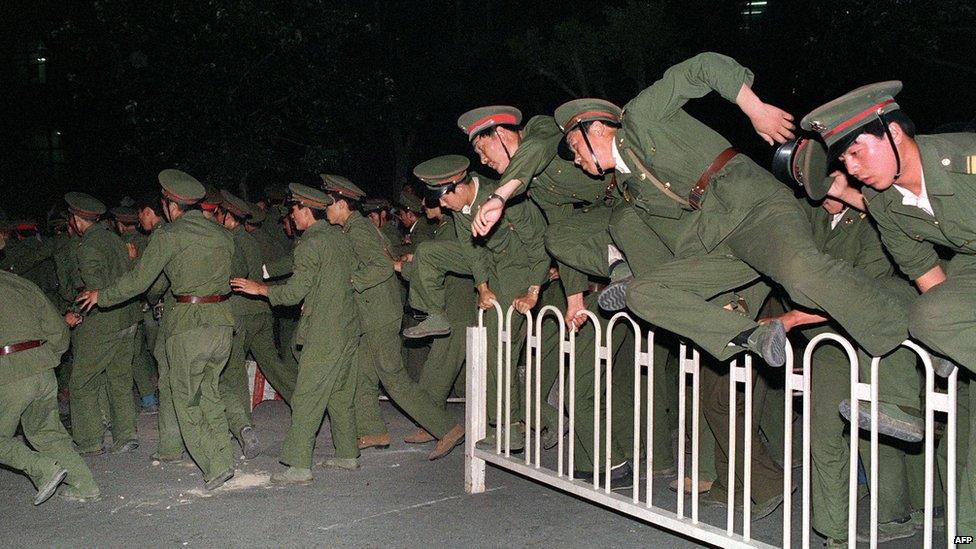
People's Liberation Army soldiers began moving towards the centre of Beijing. People flooded on to the streets to try to block them, setting up barricades along routes into Tiananmen Square.
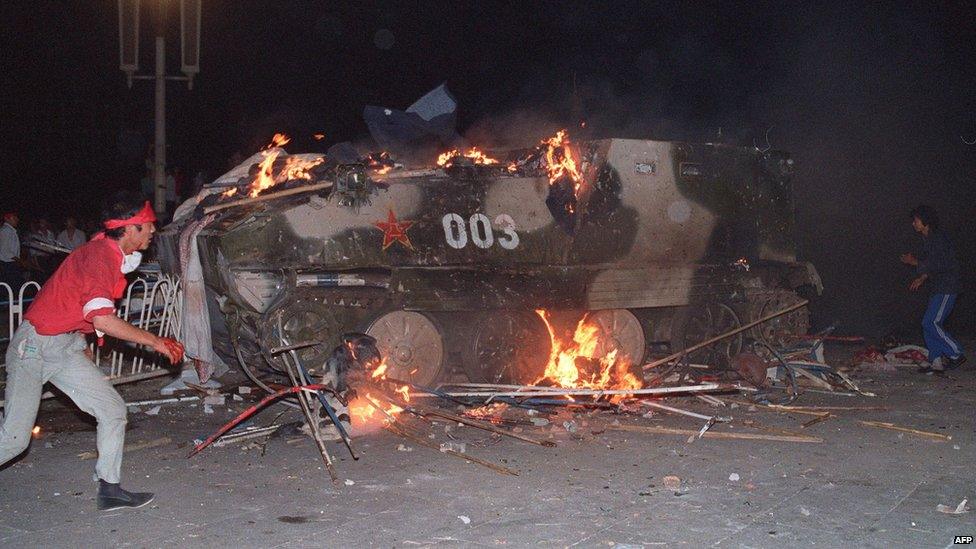
As the army tried to break through in armoured personnel carriers, some troops opened fire with guns loaded with live ammunition. Many unarmed citizens were killed or injured.
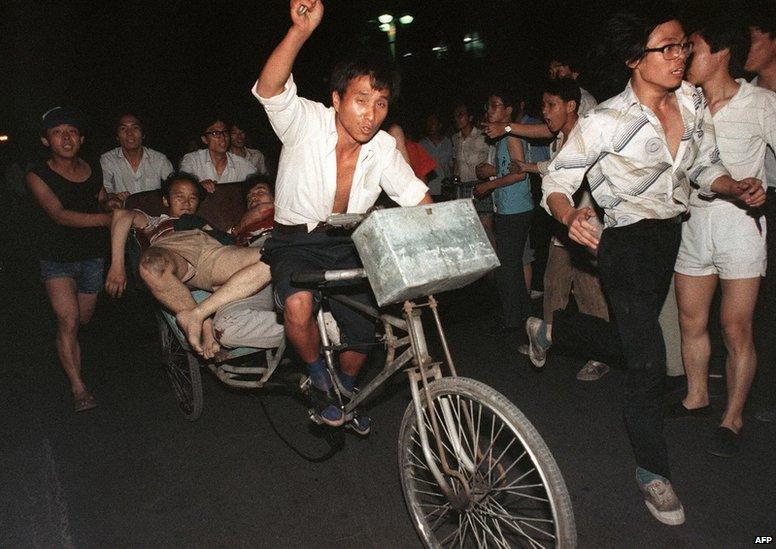
The injured were rushed to hospital on bicycle rickshaws by frantic residents shocked by the army's sudden and extreme response to the peaceful mass protest.
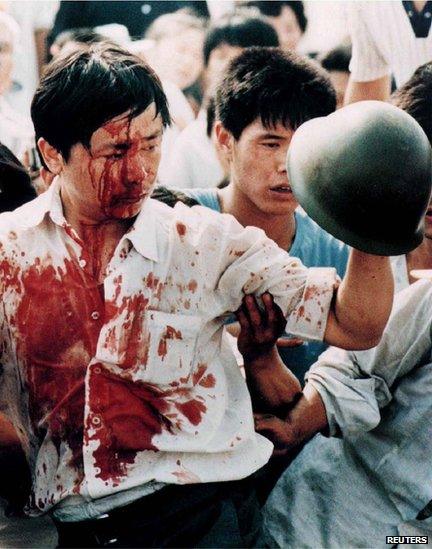
Tiananmen Square was cleared after the worst bloodshed seen in Beijing under Communist rule. As the new day began, people were in a state of shock. Thousands of angry and curious residents gathered alongside soldiers blocking the square's north-east entrance. The soldiers again opened fire again, continuing sporadically throughout the day.
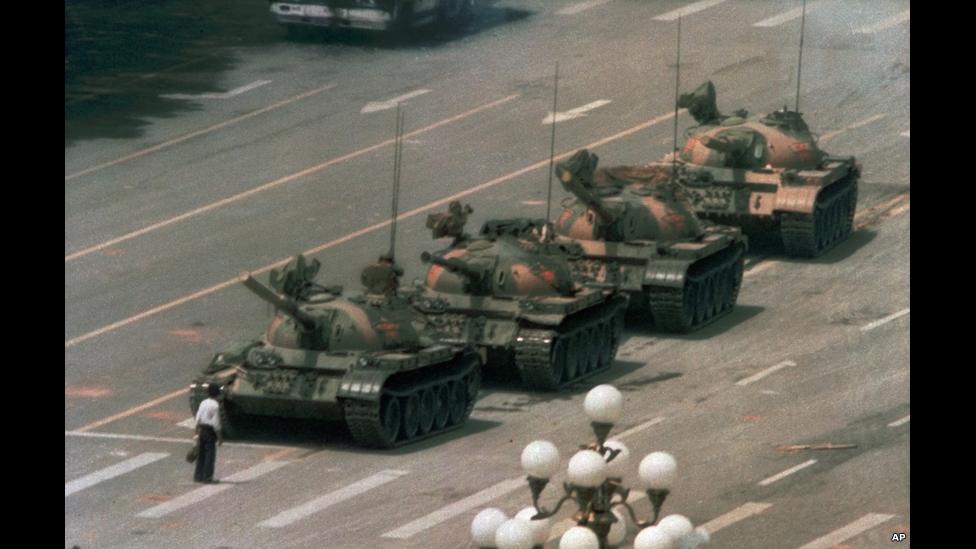
By 5 June the army had complete control of Beijing - but it was yet to witness a staggering act of defiance. To this day, the fate remains unknown of the unarmed man who blocked a column of tanks as they moved along Chang'an Avenue towards Tiananmen Square.
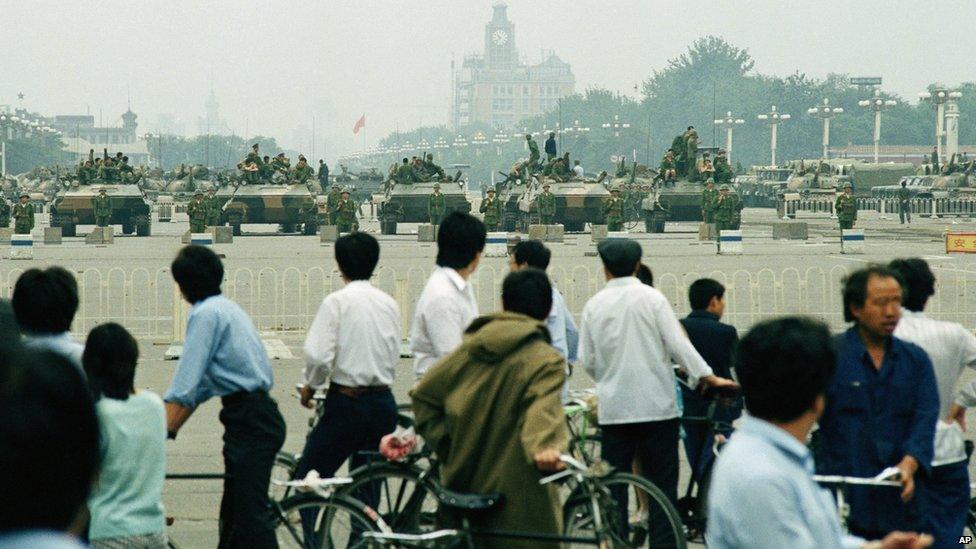
Afterwards the authorities claimed no-one was shot dead in the square itself. There is still debate about exactly how many people were killed. Some say a few hundred; others claim it was a few thousand.
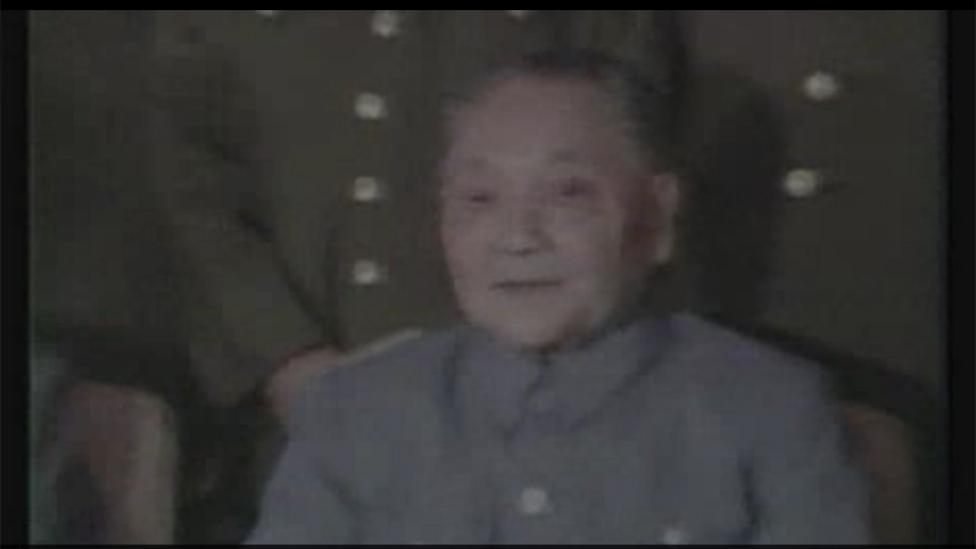
It has been suggested that the Communist leader Deng Xiaoping personally ordered the military deployment as a way of shoring up his leadership. Believed to be dead at the start of the week, he appeared on 9 June, for the first time since the brutal crackdown. In a speech to military officers he praised their efforts, blaming counter-revolutionaries who wanted to overthrow communism.